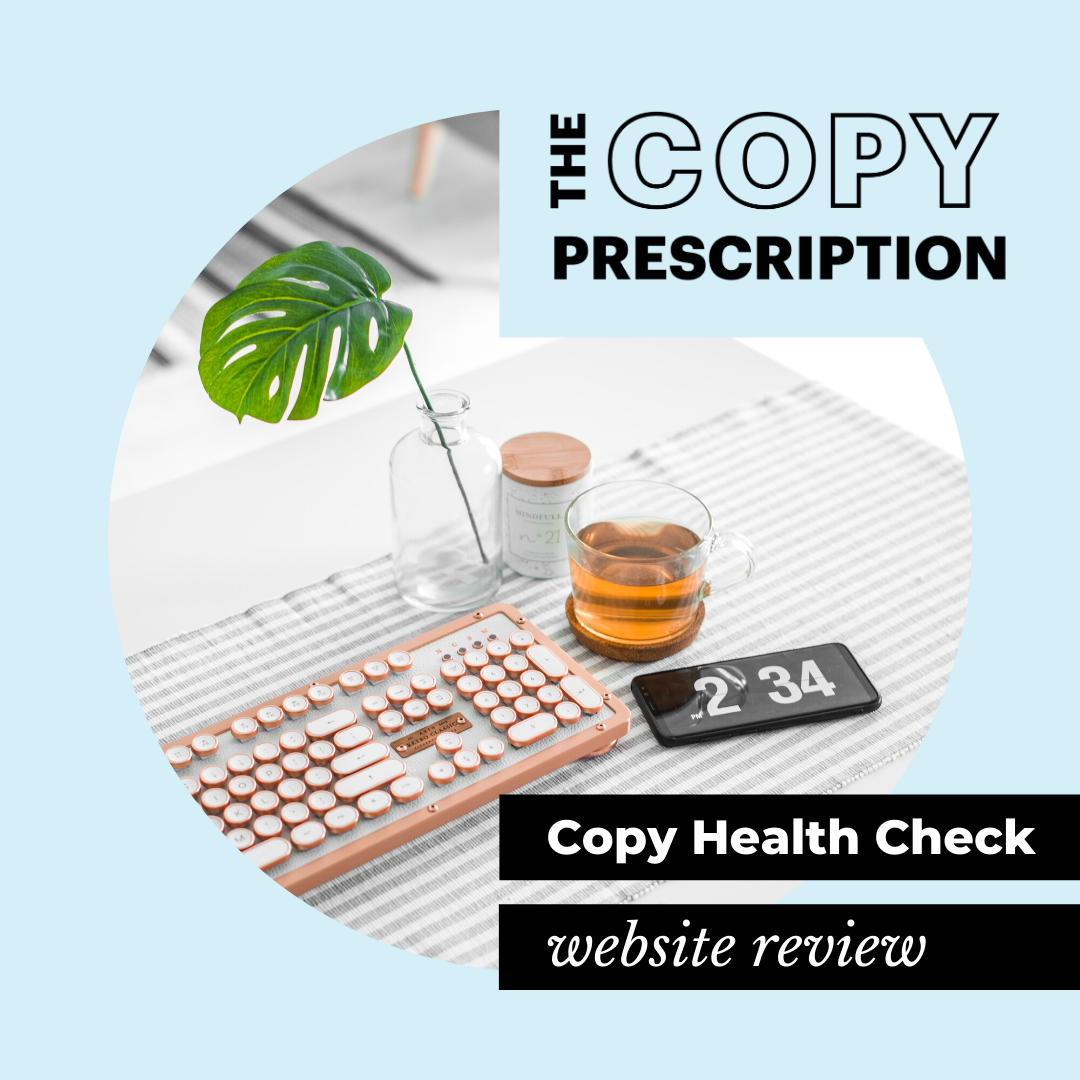How to nail your brand messaging
This post was inspired by my appearance as a guest host on the Creative Hold podcast. Here, I share my process for researching and creating brand messages that tell you exactly what to say to sell your services. If you’ve ever been cornered at a party wondering how to respond when someone asks what you do, keep reading.
What is brand messaging?
Brand messaging isn’t just snappy slogans and inspired taglines.
It’s the ideas and language you use to convey the value of what you do to the specific market you want to work with.
In other words, it:
✔︎ stops you sounding like a LinkedIn profile come to life when you’re hovering by the coffees at a networking event
✔︎ steers your sales pitches towards the promised land of investor signatures
✔︎ saves that new page on your website from descending into a dry dissertation about your WHY.
Instead, you’ll sound clear and confident about what you do so your audience knows what’s in it for them.
You might have heard of this described as your value proposition. Whether it’s a single high-level statement or a few lines that sum up how you help your clients, your brand messaging should tell a story of transformation. When your audience hears it, they should be able to imagine how their life/business/health/bank balance will change for the better if they work with you.
What’s your big promise?
A 4-step process for nailing your brand messages
We’re not just throwing eggs and flour in a bowl and hoping we win Bake Off. We need a recipe. We’ve got to find out what your audience is hungry for.
So for me, every single copywriting project MUST start with brand messaging research.
When I do this with clients, I get insights from our initial discovery meeting, research into their ideal customers, and a little snooping around on their competitors’ websites. You can do the same.
This research forms the building blocks for your brand messaging.
You’ll discover the exact features and benefits that get your ideal clients excited, as well as the things that really piss them off. Some may be no surprise. Some may come as a revelation. Either way, you’ll be armed with killer intel to reframe the way you talk and write about your services, so the right people feel instantly connected and motivated to buy.
Excel sheets at the ready – we’re diving in.
Step 1: Who is your audience?
Before you start, be clear about which clients you’re trying to attract.
Let’s say you’re a life coach. The way you’ll present your coaching services to career-jumping individuals would be quite different from how you’d pitch the HR director at a multinational bank. Their priorities, problems, budgets and expectations are likely to be completely different. You need to know who you want to speak to, so you know the most impactful message to share.
If you’re struggling to figure this out, try looking back over the clients you’ve worked with over the last year. Who did you enjoy working with most? Which projects or services were the most lucrative? Who would you love to work with again?
Another tactic is to research industries you’re interested in to see what people are looking for and what budgets they have – usually that overlapping part of the Venn diagram of motivations and money is where you’ll find your best-fit clients.
Step 2: How does your audience describe the problem?
The next step is to look at what your audience wants to hear.
What’s important to them? How do they describe the problems your service could solve? What benefits are they looking for? What frustrates them? What are they worrying about at 4am? When you know what really matters to them, you can make sure your messaging answers those questions.
My favourite way to do this is to interview or survey past clients. You’ll get authentic phrases you can put straight into your copy. As a bonus, you’ll probably get some useful feedback on your services (#growthmindset), and you also might prompt some new referrals, which is always nice!
You want to ask questions like:
what was happening in your business at the moment you decided to reach out to me?
what were you excited about at the start of the project?
what were you worried about?
what challenges were you facing in your business?
how has your business changed since we worked together?
Tweak as you like, but the first question here is CRUCIAL. This is where your prospective clients are right now. This is how they’re feeling as they’re reading your sales page or marketing emails. When you know this, you can focus your brand messaging around their hopes, concerns and expectations with empathy and instant relatability.
Another top strategy is to mine social media to see how people in your target client group are talking about their struggles relating to the problem you solve, and their experiences with similar services. Facebook groups, Twitter, Reddit and Quora are all great for swiping phrases and concepts that will hit home with your prospects. And for a sneaky bonus – think about what books your audience might read, and check out their Amazon reviews to see how they describe their pain points and desires.
Throughout your voice of customer (VOC) research, you’re looking for:
the ideas and concepts that hit home with your audience
the exact words and phrases they’d use to talk about your service, so you can reflect back the same language
the tone they use in their comments – do they use jargon? Do they swear? Are they a little bit cynical or wholeheartedly woo-woo?!
A final consideration here is to look at which stage of awareness your prospective clients are at in their buyer’s journey. How close are they to deciding to work with you? Do they know you and your services already, and just need a little nudge towards signing up? Are they even aware they have a problem that someone like you could help with? This’ll help you pitch your message at the right level.
For example, if I wanted to pitch my services a marketing manager in a creative agency, I wouldn’t need to bother explaining what copywriting is (I hope!), but if I was speaking to a small business owner who was just setting up their first website, I’d probably need to explain a little bit about how brilliant copy can have a massive impact on their sales, reach and impact.
Side note: you’re going to end up with a LOT of data here. You could probably go on researching your customer forever, but at some point, you have to decide that you’re done. I like using Excel to keep things organised.
Step 3: What are your competitors saying?
Now, it’s time to snoop on your competitors’ websites to compare their value propositions (or top-line messages) and pin down your differentiators. Why would your ideal client choose you over these other options? How are they framing the benefits? And so what makes you different?
Remember, we’re not talking about copying anything here, we’re just looking for common themes in the problems and benefits that are talked about, and finding your points of difference. Even if you were to focus on the same thing as a competitor, you’ll still be different because you’re you – your voice, experience, approach, and style are all unique to you.
Step 4: Write your value proposition!
Now for the final step. You want to take all of this rich data and develop your value proposition – a unique, valuable and relevant offer to your ideal client. Think of it like a 10-second elevator pitch. How can you explain the value and benefits you offer your clients as succinctly as possible? What’s the main message you want them to take away?
The aim is to link your audience and their pain points to your service and explain what makes it valuable and unique.
Make it as clear as humanly possible how their life will be made easier or better by working with you, highlighting the problems you solve for them and the benefits you offer, and then moving them with as little friction as possible towards telling them how they actually start working with you.
You can use this to frame your web copy, sales pitches or marketing materials, or just keep it in your back pocket as part of your own internal strategy work.
Don’t forget, this is an iterative process. You’ll revise and adapt it as you learn more about which messages resonate most with your audience.
If you have any questions about this step-by-step process for nailing your brand messaging, or you’d like help to work through it together in a Brand Messaging Strategy Sprint, please get in touch.
(📷: JESHOOTS.COM on Unsplash)











